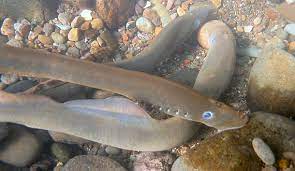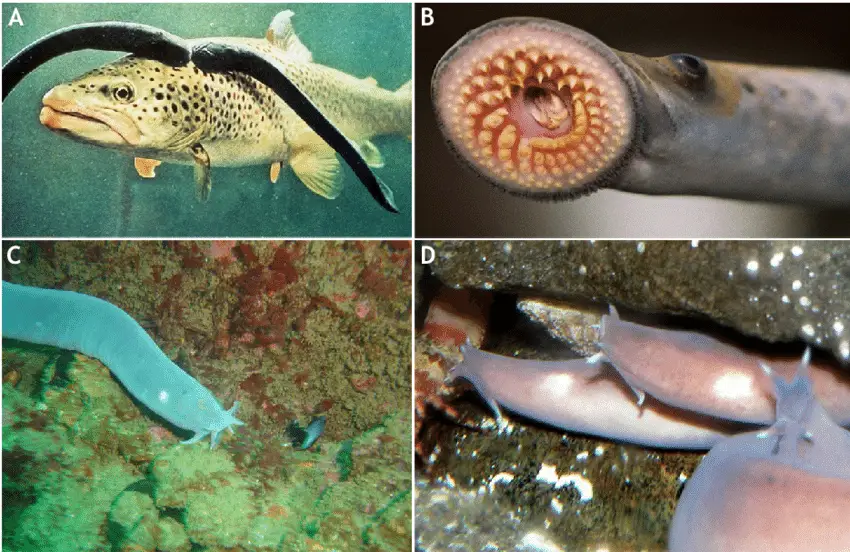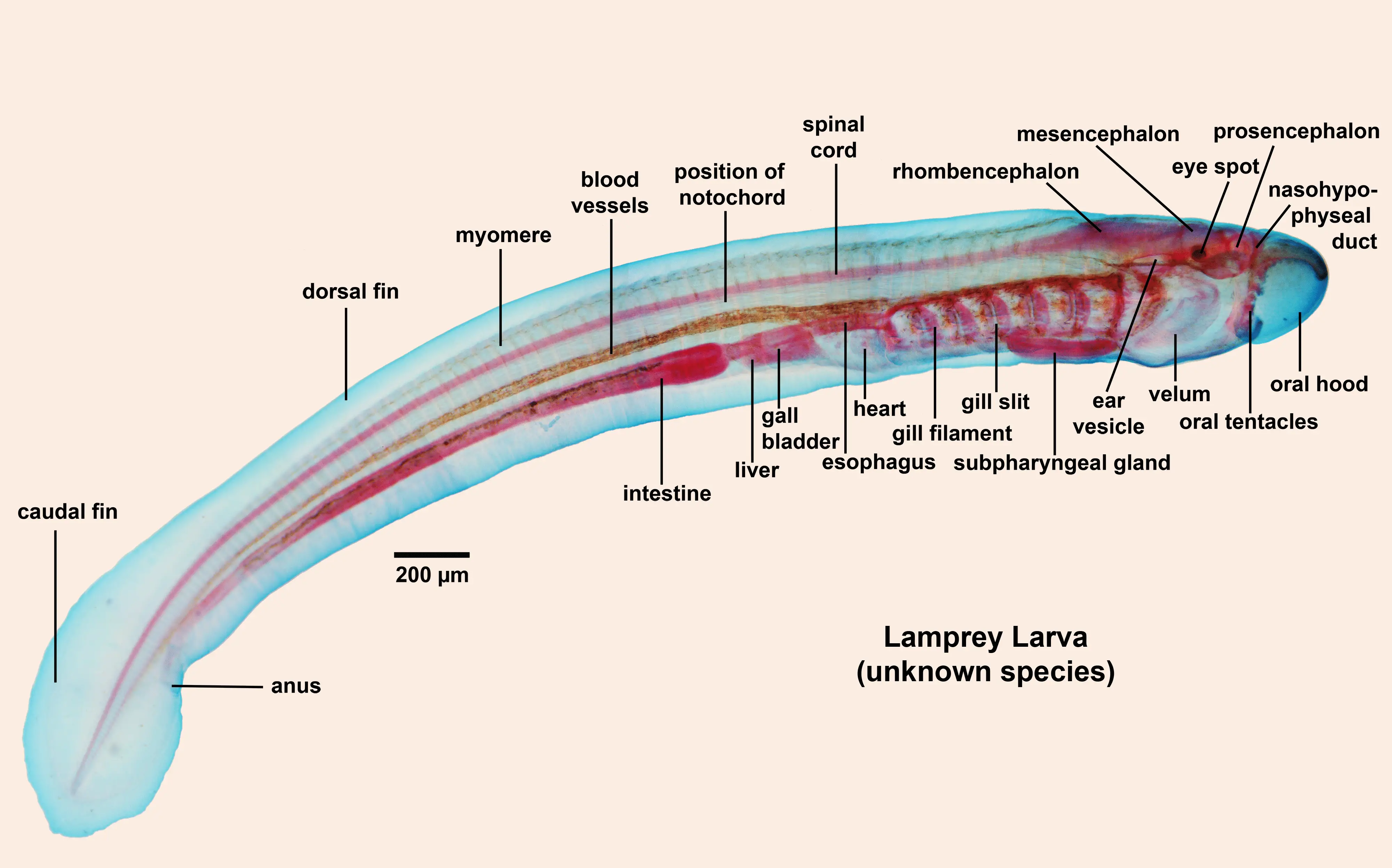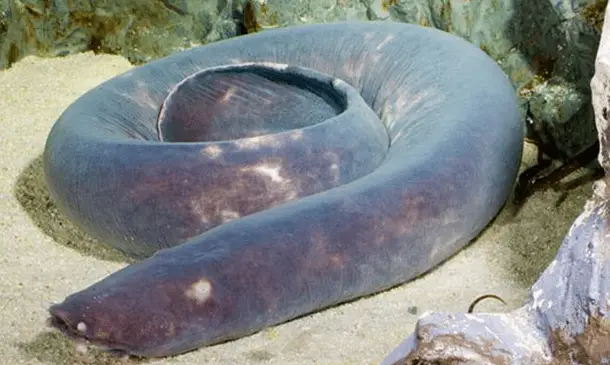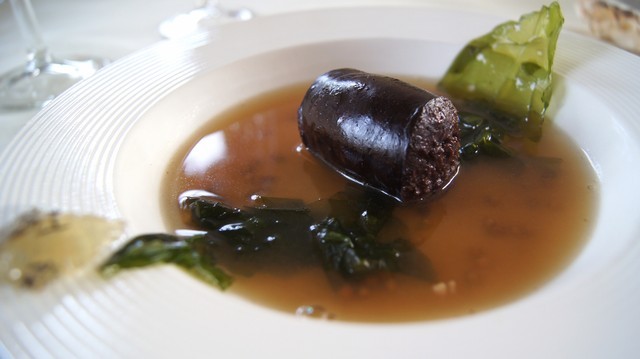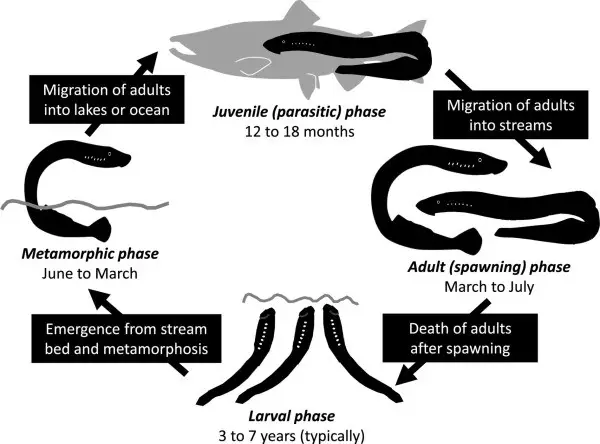Class Cyclostomata: Characteristics Classification Affinities and Phylogeny
Cyclostomata is a primitive Vertebrate belonging to the group Agnatha as they do not have jaw and their mouth is circular so they are known as Cyclostomes. Present-day Lamprey and Hagfish we see are placed under the class Cyclostomata, before Cyclostomata we have no living evidence for primitive Vertebrate, one group Ostracoderms also considered as … Read more
